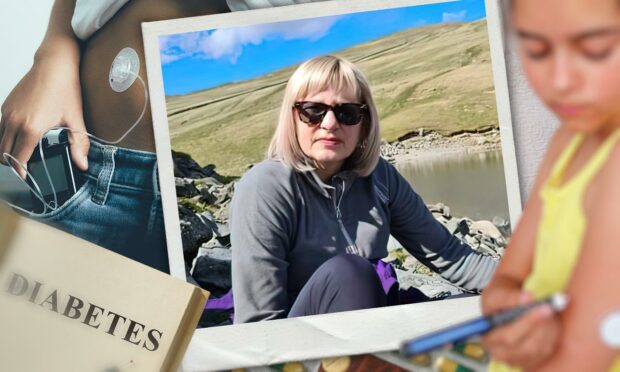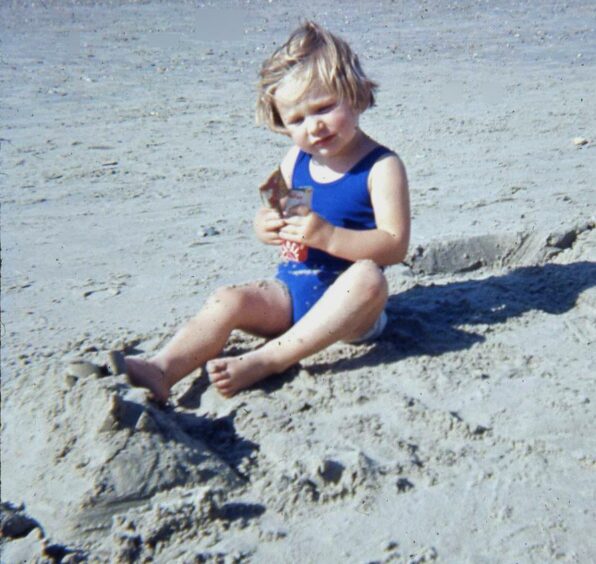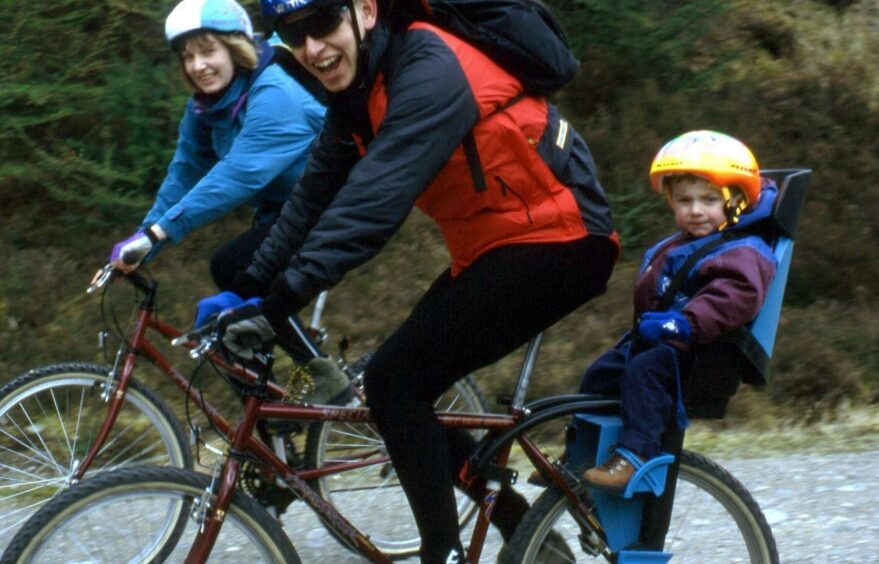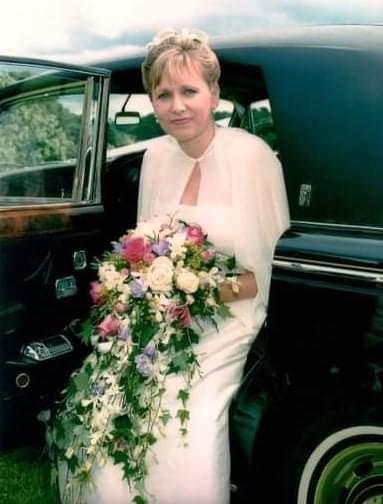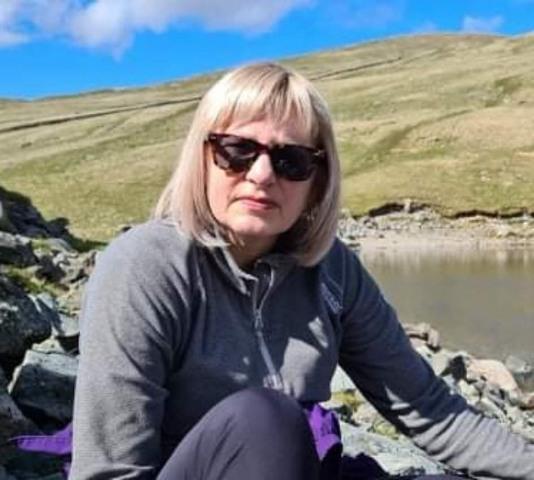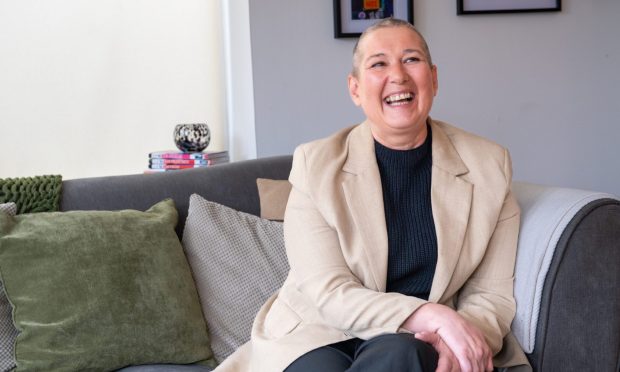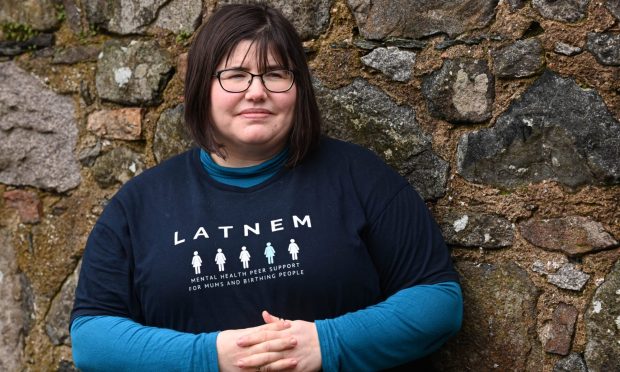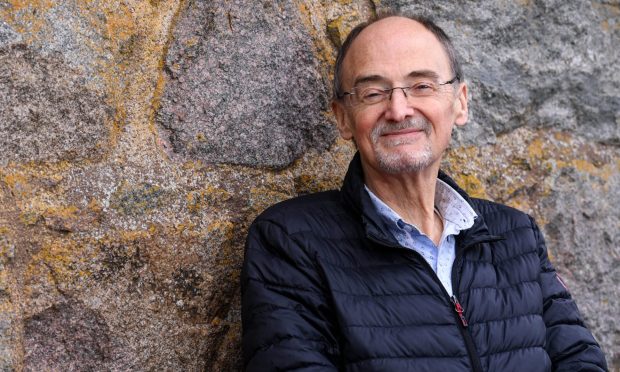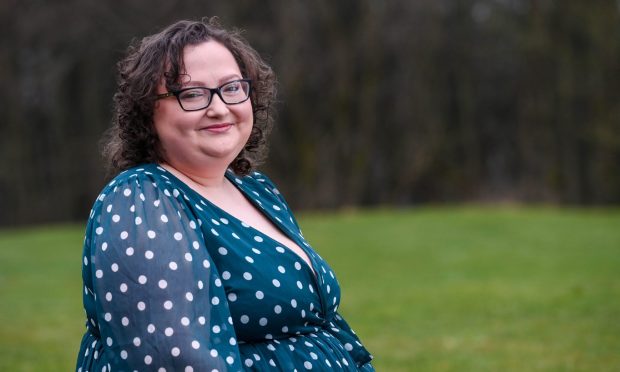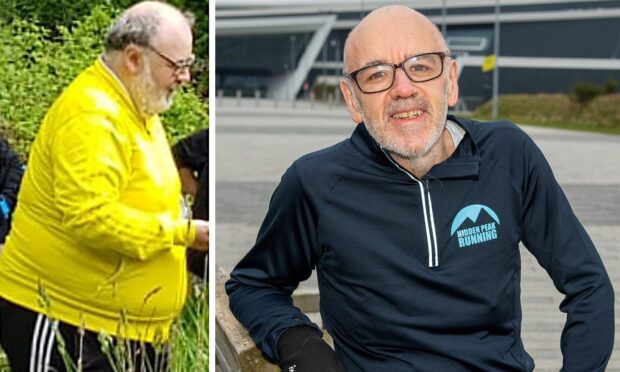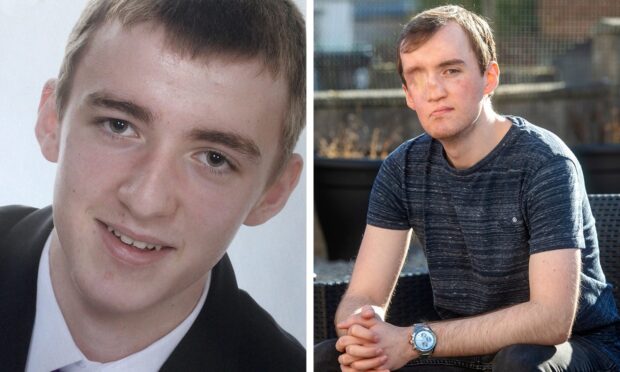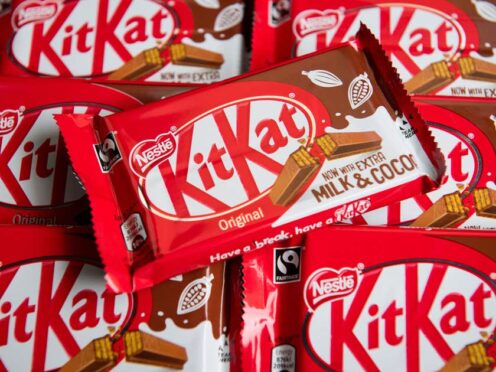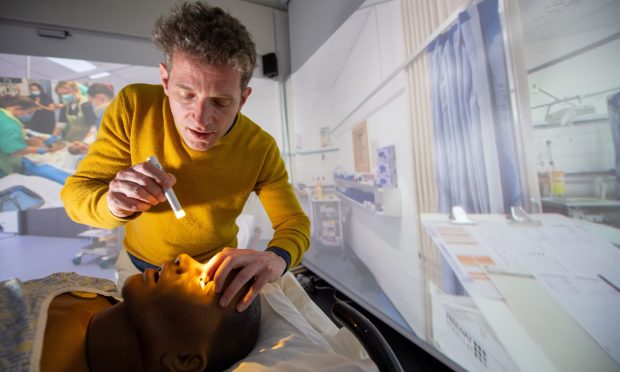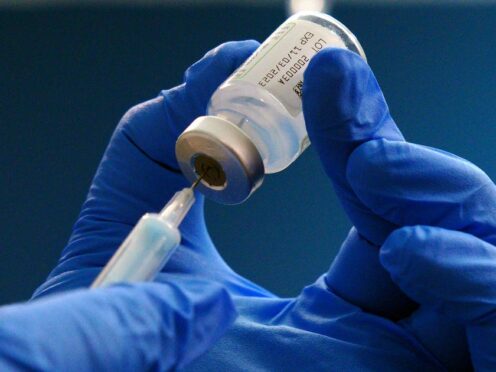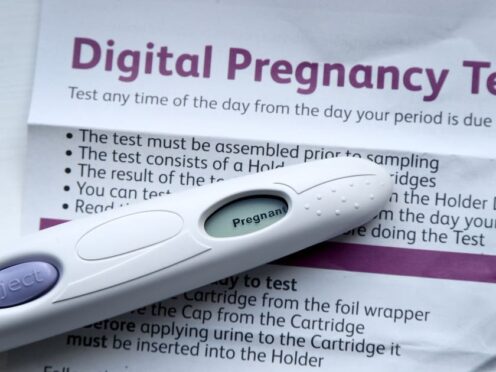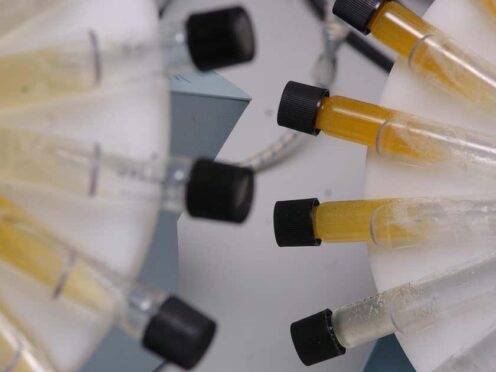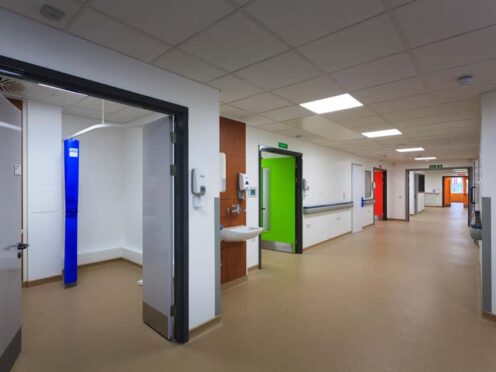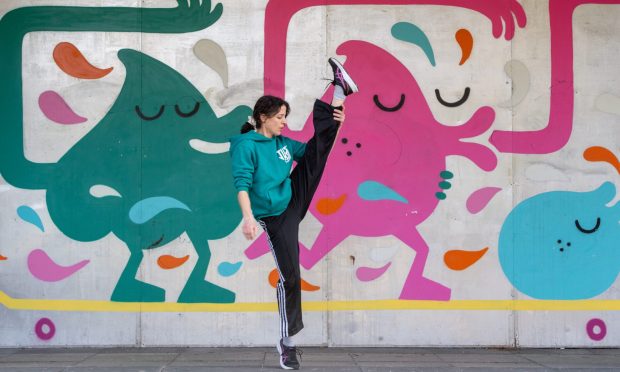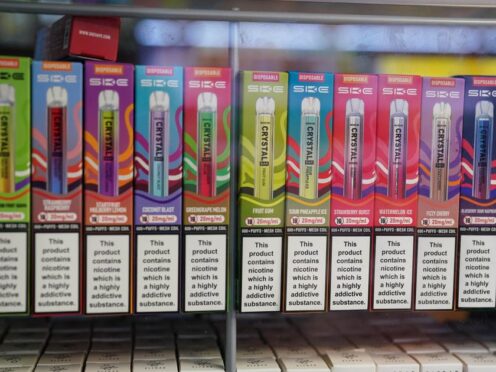Heather Hagan was diagnosed with diabetes when she was just three years old.
It came as a huge shock to her family, who faced the unenviable task of injecting the toddler with insulin every day.
“My mum said I was very bad-tempered, grumpy, thirsty and running back and forth to the toilet a lot,” Heather says.
“And I think because I had a baby brother they almost thought it was me being jealous and trying to get some attention initially.
“My grandmother worked at a hospital as an auxiliary nurse and told my mum she thought I might be diabetic.”
‘I felt like it was some sort of punishment’
When Heather, of Elgin, Moray, was diagnosed with Type 1 diabetes in February 1967 her life changed dramatically.
She had a strict diet to follow which recommended eating twenty 10 gram portions of carbohydrates each day.
She was also told she would need daily injections of insulin which would save her life.
“And save me it certainly has,” she said. “Although at times I have felt that injecting myself 5 or 6 times a day was some sort of punishment, but a very necessary one.
“A double-edged sword almost – feel the pain of the insulin injection, or don’t inject and get very poorly quite quickly.”
Long needles and urine testing
Speaking to us as part of our 100 Years of Insulin series, the student services assistant at Moray College UHI said she has seen many changes in diabetic care over the years.
Not only has her diet changed – she eats fewer carbs – but the equipment is different too.
The 58-year-old remembers having to boil syringes when she was younger and recalls the long needles used to inject the insulin into her body.
Urine testing was also used in the 1960s to test her blood glucose levels.
“A lot of people were told in the 1960s to be careful,” Heather says. “I do remember being told not to go round the house barefoot all the time.”
‘I was fed up of injecting – I felt like a pin cushion’
There is no doubt that insulin has saved her life but by the time Heather reached her 50s she was fed up of injecting.
“I was injecting five or six days a day to get good control – I felt like a pin cushion after 50-odd years of doing it,” Heather says.
“I thought I would like to try an insulin pump.”
Now Heather is using a pump instead of injecting. It’s a small electronic device attached to her body that gives her the regular insulin she needs throughout the day and night.
And she’s encouraging other diabetic patients to consider using the new technology now available to help them control the condition.
“I had been thinking I didn’t know if I’d want it there all the time reminding me that I’m diabetic,” she said.
“But I forget about it a lot of the time unless I get alerts on my phone to let me know my blood sugar is either high or low.
“For me, the pump really has been a big step forward. I would encourage others to go with the technology if it’s available to them.”
Living with diabetes is not easy
In 2017 the mum-of-three was presented with the Alan Nabarro medal.
It’s a Diabetes UK charity award recognising the courage and perseverance of people living with diabetes.
“I won’t say that living with diabetes has always been easy,” Heather said. “There have been, and still are, many days where I wish my diabetes would go away and give me a break, and there have been occasions when diabetes has been a major inconvenience.
“But it has made me a stronger, more resilient individual.”
Insulin saved my life
Heather is grateful for all the improvements in technology over the years.
But they would not have been made possible had it not been for the discovery of insulin first used successfully on a patient 100 years ago.
She is acutely aware that insulin saved her life.
“I wouldn’t be here without insulin and that very valuable discovery 100 years ago,” she said.
“I’ve not had any complications at all, luckily, in 55 years. I try to look after myself. I exercise six times a week, swing kettlebells and row on a rowing machine.
“It’s definitely not stopped me doing anything.”
And she is hopeful that advances in science will bring more improvements for diabetic patients.
She added: “The decades have brought about huge developments in the treatment of diabetes.
“I live in hope that one day a cure will be found for diabetes and that diabetics will no longer rely upon injections of insulin.”
